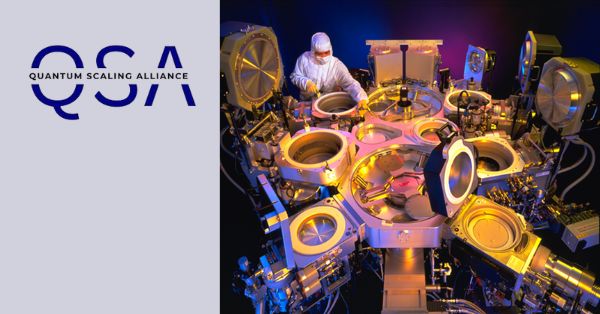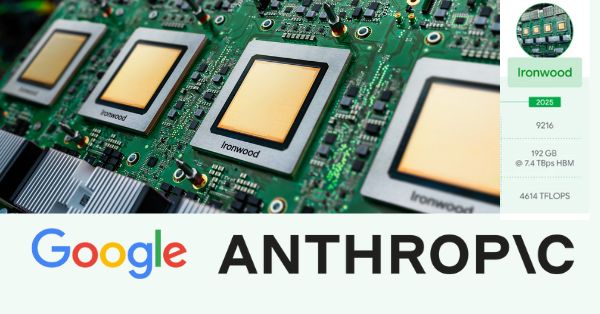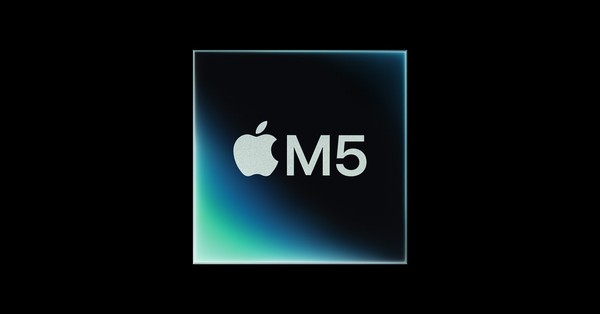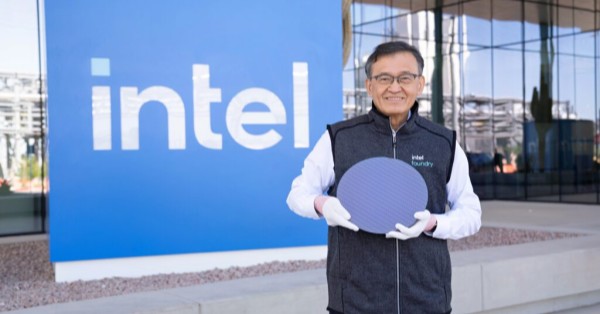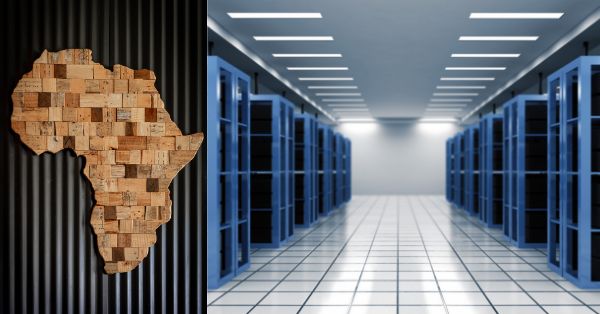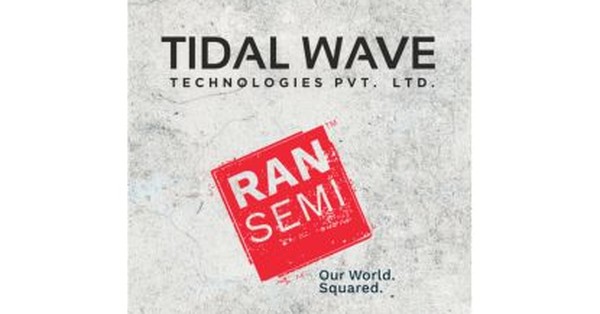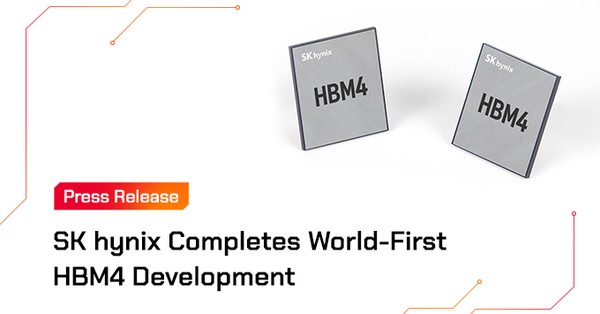- Tech News & Insight
- November 24, 2025
- Hema Kadia
Nokia is making a multi‑year, $4 billion push to expand US R&D and manufacturing as it pivots to AI‑native networks under CEO Justin Hotard. The company will invest roughly $3.5 billion in US‑based R&D spanning networking technologies, defense applications, automation, quantum‑safe networking, and semiconductor development. A further $500 million targets





